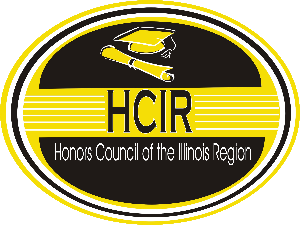Event Title
Connecting Art and Mathematics: “A look at Symmetry in Italian Cathedrals”
Location
BIC 3532
Start Date
28-2-2015 1:40 PM
Description
Art often contains symmetrical patterns that combine mathematics and artistic design in a way that is both pleasing to the eye and able to be quantitatively analyzed. Italy, a place of world renowned architecture and stunning cathedrals, is a natural choice for finding symmetrical designs. My study analyzes the connection between art and mathematics through symmetric mosaics in Italian cathedrals. The symmetrical properties of the mosaics include rotation, reflection, translation, and glide reflection. Previous research suggests that cultural groups use particular types of symmetry more frequently than other types. During June 2014, I collected data in the form of photographs taken in four different Italian cathedrals from two different time periods. The pictures of the mosaics were analyzed for symmetry types and these were then compared for differences in historical era as well as location. Results show that older cathedral designs use more complex symmetry containing multiple symmetrical movements (rotation, reflection, translation, or glide reflection) whereas newer cathedrals use simpler symmetry containing only one or two symmetrical movements. These findings add to the known classifications of symmetries in architecture and expand the examples of symmetry in Italy and what is known about Italian culture.
Connecting Art and Mathematics: “A look at Symmetry in Italian Cathedrals”
BIC 3532
Art often contains symmetrical patterns that combine mathematics and artistic design in a way that is both pleasing to the eye and able to be quantitatively analyzed. Italy, a place of world renowned architecture and stunning cathedrals, is a natural choice for finding symmetrical designs. My study analyzes the connection between art and mathematics through symmetric mosaics in Italian cathedrals. The symmetrical properties of the mosaics include rotation, reflection, translation, and glide reflection. Previous research suggests that cultural groups use particular types of symmetry more frequently than other types. During June 2014, I collected data in the form of photographs taken in four different Italian cathedrals from two different time periods. The pictures of the mosaics were analyzed for symmetry types and these were then compared for differences in historical era as well as location. Results show that older cathedral designs use more complex symmetry containing multiple symmetrical movements (rotation, reflection, translation, or glide reflection) whereas newer cathedrals use simpler symmetry containing only one or two symmetrical movements. These findings add to the known classifications of symmetries in architecture and expand the examples of symmetry in Italy and what is known about Italian culture.


